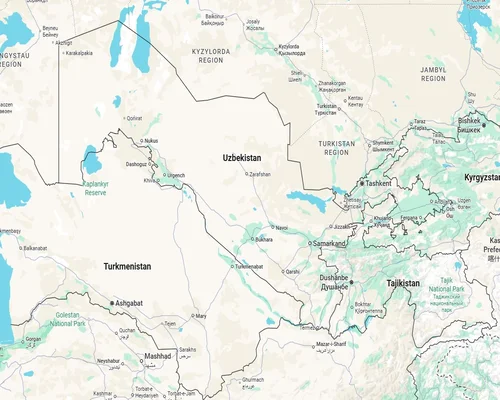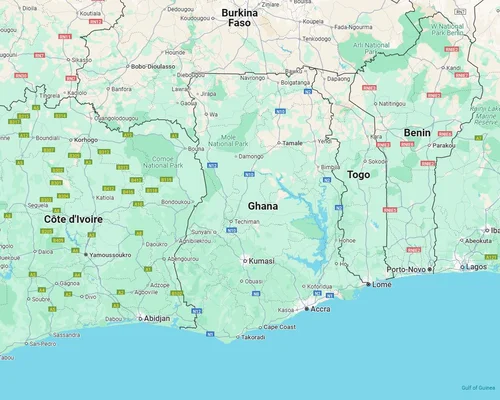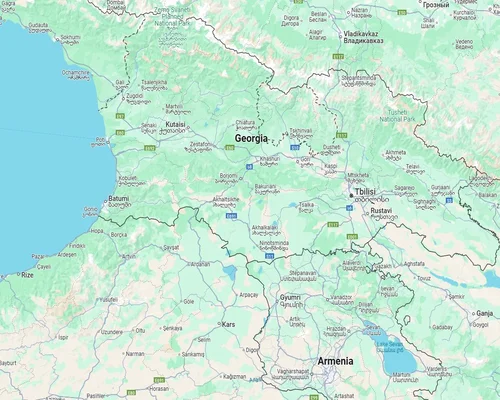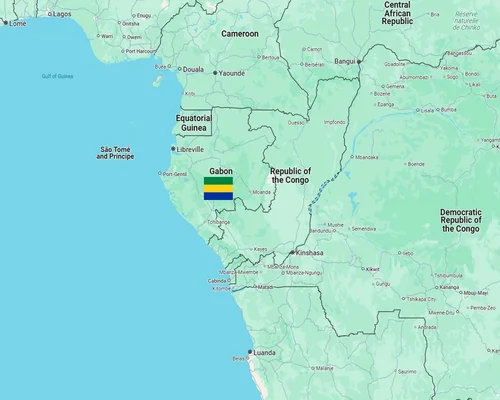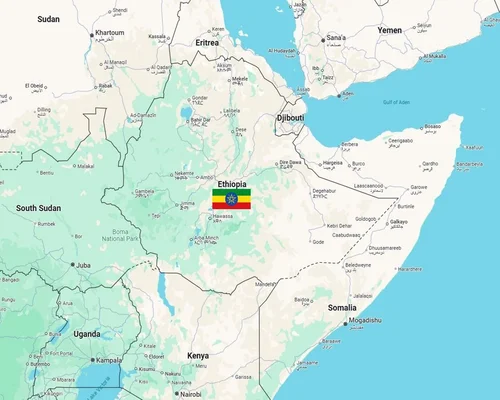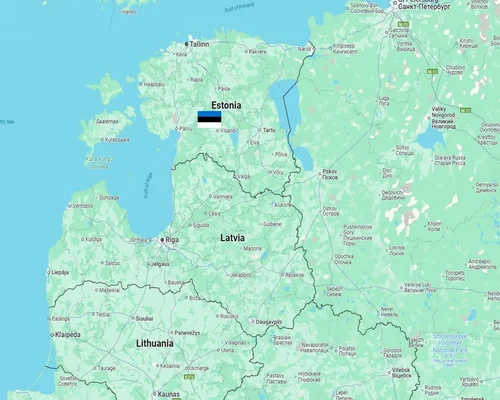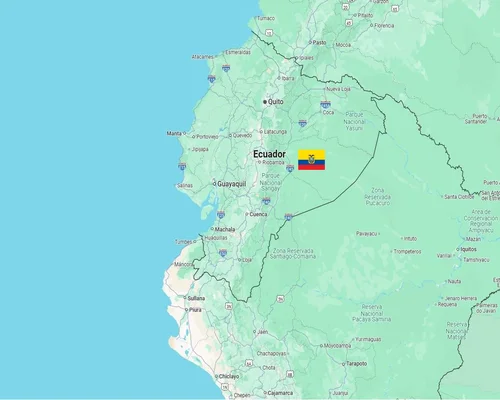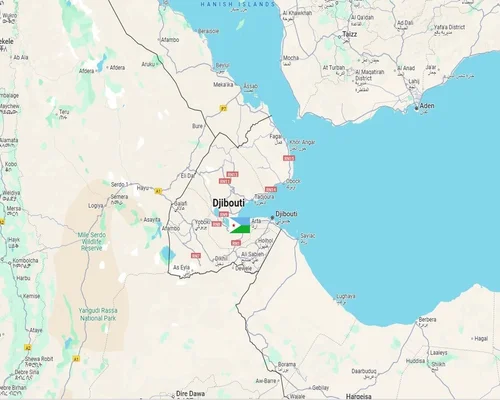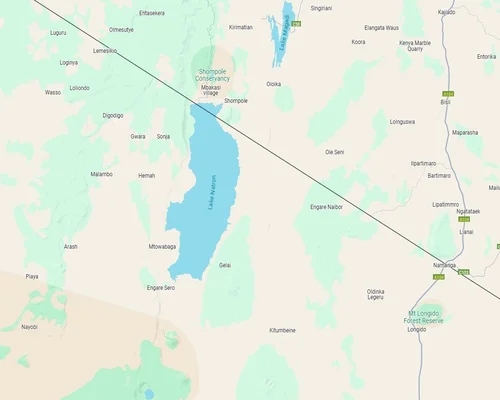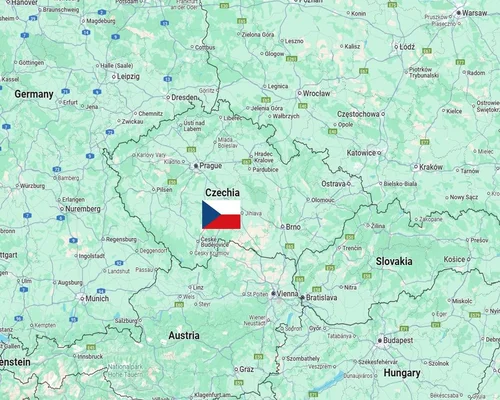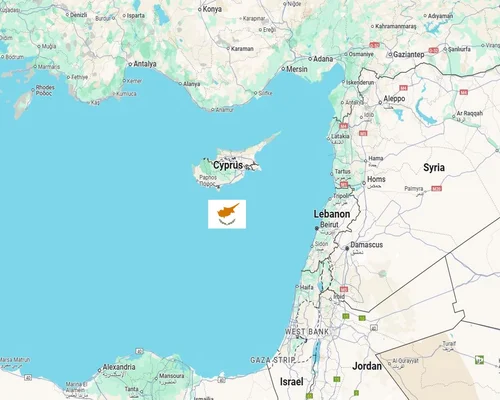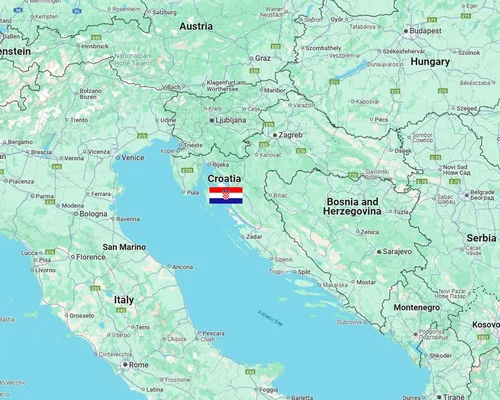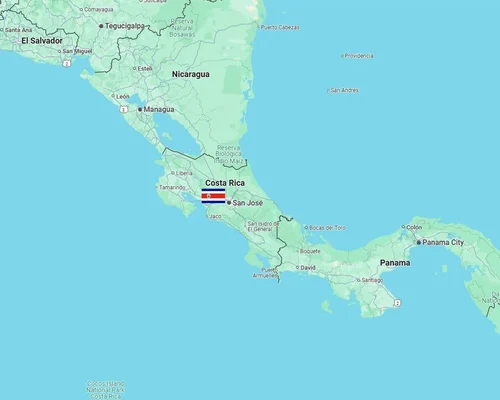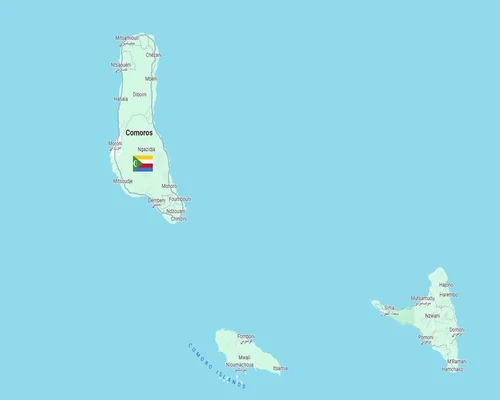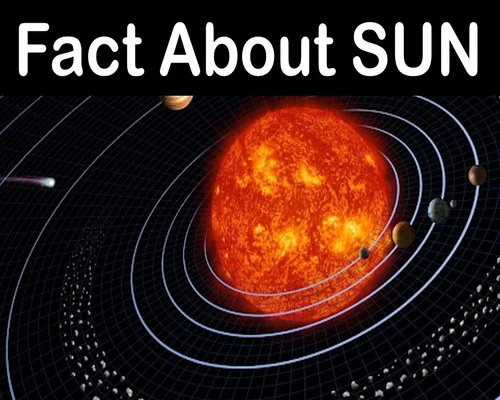
Fact About SUN
Information about the sun
The Sun is the center of our solar system and is a huge, burning ball of gas. It is the main source of light and energy for Earth and other planets, satellites, comets and asteroids in the Solar System.
Basic facts about Sun:
Type:
The Sun is a G-type main-sequence star, sometimes known as a yellow dwarf star.
Diameter and size:
The average diameter of the Sun is 13,92,700 km, which is about 109 times larger than the Earth.
Its mass is about 330,000 times that of Earth.
Location and Distance:
The Sun is about 149.6 million km from Earth, which is known as 1 astronomical unit (AU).
Temperature:
Surface temperature: about 5,500°C.
Center or core temperature: about 15 million°C.
Structure of Sun:
The Sun is composed mainly of gas. Among these two main gases are:
Hydrogen: About 74%.
Helium: About 24%.
Other gases and elements, such as oxygen, carbon, and iron, are present in very small amounts.
Layers of the Sun:
The constituent layers of the Sun are:
Core:
It is the central region of the Sun, where nuclear fusion takes place and energy is generated.
Radiative Zone:
Here the energy is gradually released, and this happens through the process of heat radiation.
Convective Zone:
In this layer the flow of hot gases takes place.
Photosphere:
The visible surface of the Sun, where light is seen. It is yellow in color.
Chromosphere:
It is the upper layer of the Sun surface, where the reddish glow is observed.
Corona:
The outermost layer of the Sun, which is a plasma layer. It is visible only during solar eclipse. Its temperature is more than 10 lakh °C.
Process of solar energy generation:
Nuclear fusion takes place in the center of the Sun. Here hydrogen atoms combine to form helium.
This process generates huge amounts of energy, which is radiated into space in the form of heat and light.
Role of Sun:
Providing heat and light:
The sun heat and light are essential for life on Earth.
Energy required for life:
Sunlight is essential for the process of photosynthesis in plants.
Control of weather and climate:
The sun energy drives atmospheric winds and ocean currents.
Stabilizing the Orbits of the Planets:
The Sun gravitational force keeps the planets and other objects in the solar system in their fixed orbits.
Life Cycle of Sun:
Current Status:
The Sun is currently passing through its main sequence lifetime, which lasts about 10 billion years.
The sun has passed about 4.6 billion years of its life and will remain in the same state for another 5 billion years.
Future:
1. The sun will exit the main sequence and become a red giant star.
2. It will then become a white dwarf star.
Conclusion:
The Sun is not only the heart of our solar system, but also vital to life on Earth. Our climate, weather and all activities of life depend on its power and influence.

